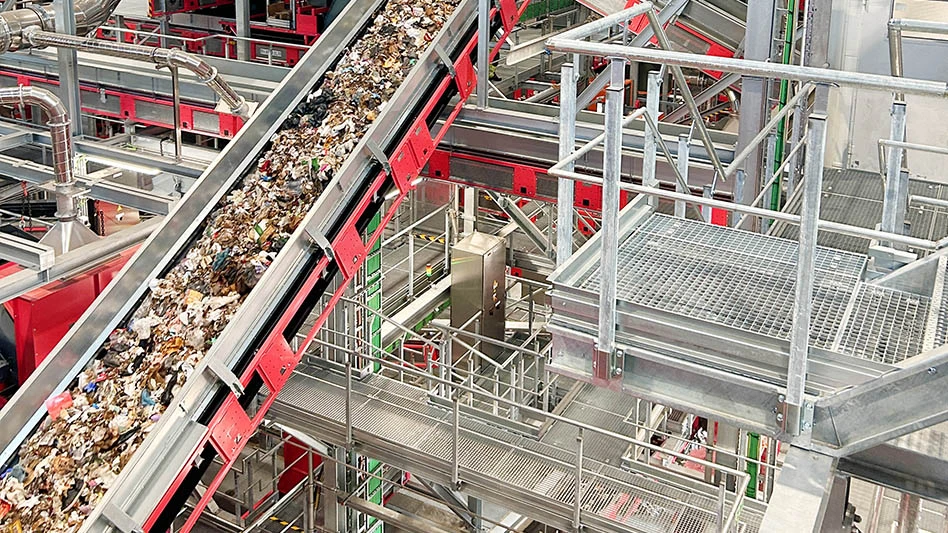The Environmental Protection Agency is proposing to designate two per- and polyfluoroalkyl substances (PFAS), called perfluorooctanoic acid (PFOA) and perfluorooctanesulfonic acid (PFOS), including their salts and structural isomers, as hazardous substances under the Comprehensive Environmental Response, Compensation and Liability Act (CERCLA), also known as Superfund.
According to the EPA, PFOAs and PFOS are some of the most widely used PFAS in the country. This proposed rulemaking would increase transparency around releases of these chemicals and help to hold polluters accountable for cleaning up their contamination.
Related articles: Navigating new norms | NWRA, SWANA seek relief from CERCLA liability for PFAS at landfills
The rulemaking would require entities to immediately report releases of PFOA and PFOS that meet or exceed the reportable quantity to the National Response Center, state or Tribal emergency response commission, and the local or Tribal emergency planning committee (local emergency responders).
The proposal has raised concerns with The Solid Waste Association of North America (SWANA), Silver Spring, Maryland. SWANA says it is troubled by the potential impacts of the EPA’s proposal.
“SWANA is very concerned that EPA designating PFAS compounds as hazardous substances under Superfund will have substantial impacts on landfills,” says David Biderman, SWANA’s executive director and CEO. “It will cost billions of dollars that will be passed on to ratepayers and will likely have widespread unintended consequences, including deterring the cleanup of some sites in environmental justice communities. SWANA supports regulation that targets manufacturers and other companies that profited off of PFAS and will continue to work with EPA, Congress, and the States to ensure passive receivers like landfills are not unfairly put on the hook.”
Right now, the proposal is being drafted by the EPA. Once published, the EPA will open public comment on the proposal for 60 days following publication in the Federal Register. The proposal is expected to go live in the next few weeks, according to the EPA.
Latest from Waste Today
- US Senate backs reduced cuts to EPA
- ELV Select Equipment, Reworld aid NYPD in secure firearm disposal
- Waste Connections announces Q2 results
- Returnity and Cosmoprof to address reusable bag waste
- SWANA releases report on aging WTE facilities
- New economic assessment reveals cost benefits of California’s SB 54
- Premier Truck Sales & Rental opens new facility
- TeknTrash Robotics, Sharp Group partner on humanoid robot pilot





